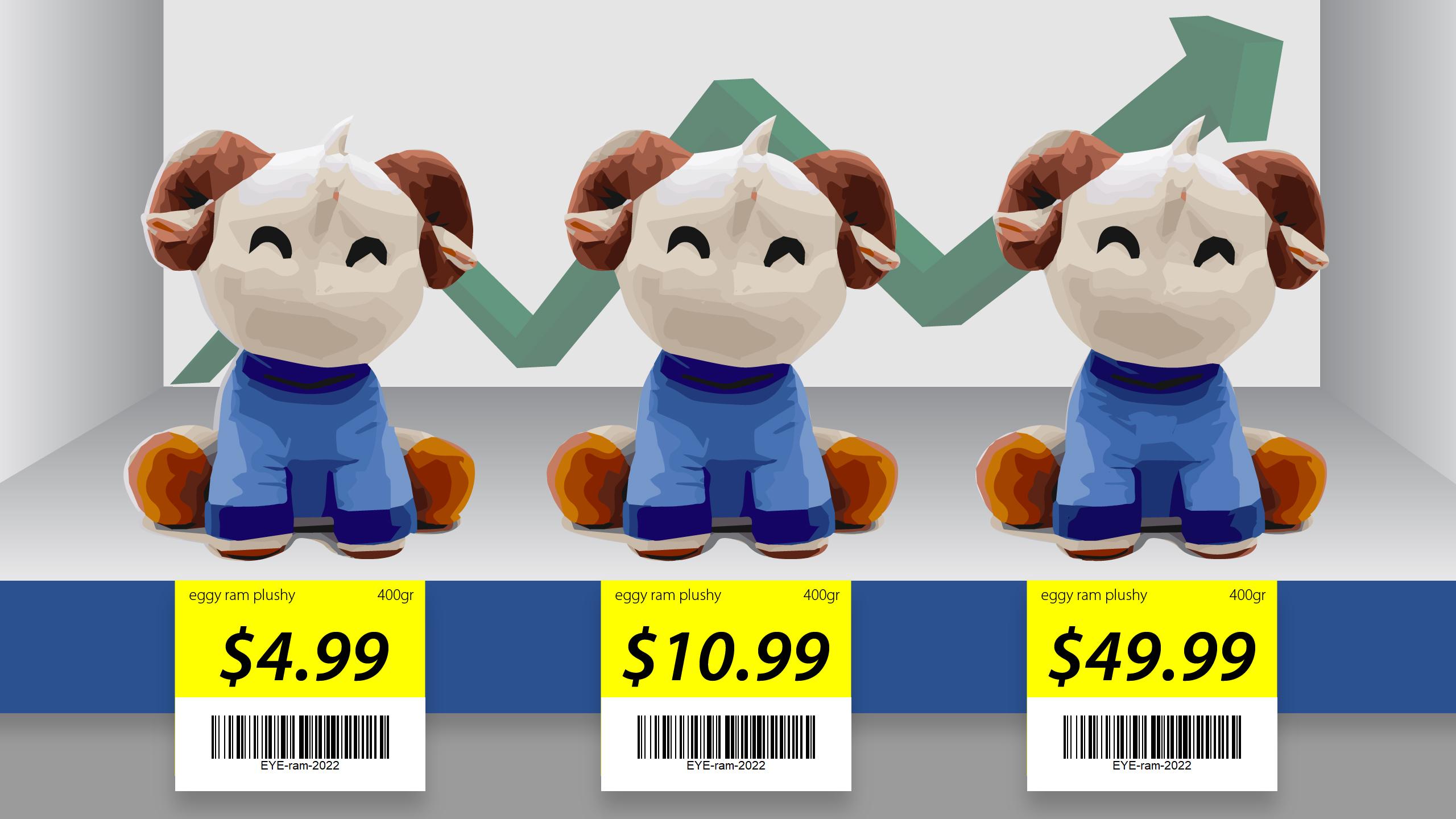By Christina Flores-Chan
If the oat milk on your Metro run tastes more expensive than usual, that’s because it is.
As inflation rates continue to soar in Canada, necessary goods like groceries and gasoline, as well as rental costs, are just a few expenses rising in price, leaving Ryerson students second-guessing more than just the items at the supermarket.
In January, Statistics Canada’s December consumer price index, which tracks the change in prices nationwide, was up 4.8 per cent from last year. This means in 2020, Canada saw the country’s highest annual inflation rates since 1991.
At its core, inflation occurs when the circulation of money is disrupted, creating an imbalance between supply and demand. When products become more expensive to produce, the prices of those products rise to balance out the flow of the economy.
John Christofilos, senior vice president and chief trading officer at global asset management firm AGF Investments, says two major causes of heightened inflation rates stem from the pandemic.
The first is an excess of money distributed by the government, combining wage inflation with the financial support granted to Canadian citizens during lockdowns through COVID-19 relief benefits. The second cause is ongoing national and international supply chain disruptions due to labour shortages.
“People aren’t at work if they’re sick with the virus, so they can’t unload the ships that are coming in to get the goods to the market,” he says.
Recent disruptions in the food supply chain have made a significant impact in grocery stores, both in shortages of goods and high pricing.
Torré Spina, a fifth-year history student at McMaster University, says the spike has forced him to focus more on necessities than luxuries.
“Two years ago, a cheesecake would have cost me eight bucks,” Spina says. “It now costs me $15, so I don’t buy it anymore.”
For certain goods, Ryerson University marketing management professor, Matthew Philp, recommends that students watch out for a marketing tactic called “shrinkflation.”
“Sometimes instead of raising the product’s price, the cheesecake will stay eight dollars, but it’s now half the size,” Philps says. “So a 1-kilogram cheesecake is now a 500 gram cheesecake.”
Consumers can curb spending by measuring the price of a product per 100 grams, instead of placing weight on sale signs or brands, said Philp.
Not every expense is as elastic as cheesecake, however; gas, rent and other necessities are harder to forgo.
Armen Zargarian, a third-year sport media student at Ryerson University, says that while he’s fortunate to have negotiated a discounted price for his apartment, his friends haven’t been as lucky.
“Most of my friends, especially living downtown, are experiencing a rise in their rent,” he says, “and in lockdown, utilities are more expensive.”
Tasked with taming inflation, the Bank of Canada is responsible for managing interest rates in order to balance out the economy.
The policy interest rate, a benchmark rate that is used as a reference and influences all other rates and monetary variables in the economy, currently sits at 0.25 per cent and has remained unchanged since 2020, when the central bank lowered rates amid COVID-19 to provide economic support to Canadians.
Last month, the Bank of Canada signalled that interest rates should be rising as early as March and that Canadians could expect multiple rises throughout the year.
Christofilos and other market experts predict that there will be four to six further hikes following the first rise of 2022.
While soaring prices come down with raised interest rates, borrowed costs go up, including student loans, credit and car payments.
To help support students throughout the pandemic’s shifting economic sphere, the federal government’s temporary COVID-19 student loan interest rates offers two options of repaying debt: a floating interest rate equal to the prime rate (the average of three of Canada’s largest banks) or a fixed interest of the prime rate plus two per cent. Since the prime rate fluctuates over time, beneficiaries can choose between a lower risk loan versus a higher one depending on their comfort levels.
Christofilos recommends saving as much as possible this year and being aware of pricier borrowing fees, as they’ll cost more to pay back.
And for those who invest in the money market, he also recommends, “keep your portfolio well-diversified and invest in companies with good balance sheets and management teams.”










Leave a Reply